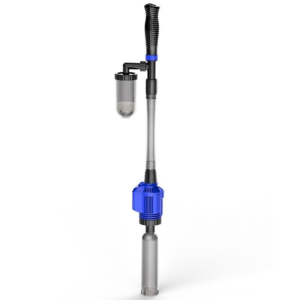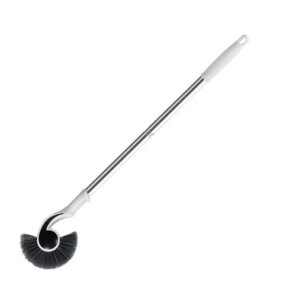How to Clean Aquarium Sand: A Step-by-Step Guide for Healthy Fish Tanks
Maintaining clean aquarium sand is essential for a thriving fish tank ecosystem. Dirty sand can trap waste, release harmful toxins, and cloud your water. In this guide, you’ll learn how to clean aquarium sand effectively without harming your fish or beneficial bacteria. Let’s dive in!
Why Clean Aquarium Sand?
Aquarium sand acts as a filter, trapping debris like fish waste, uneaten food, and plant matter. Over time, this buildup can:
- Create toxic gases (e.g., hydrogen sulfide) in anaerobic pockets.
- Cause algae blooms or cloudy water.
- Harm fish and invertebrates.
Regular cleaning keeps your tank healthy and visually appealing!
Tools You’ll Need
- Gravel vacuum/siphon (ideal for sand substrates).

- Bucket (to hold removed water).
- Soft-bristle brush (for stubborn stains).

- Dechlorinated water (for refilling).
Step-by-Step: How to Clean Aquarium Sand
1. Turn Off Equipment
Switch off filters, heaters, and pumps to avoid stirring up debris.
2. Use a Gravel Vacuum
- For fine sand:
Hold the vacuum 1–2 inches above the sand surface. The suction will lift waste without removing sand. - For coarse sand/gravel:
Push the vacuum deeper into the substrate to release trapped debris.
Pro Tip: Clean 25–30% of the sand per session to preserve beneficial bacteria.
3. Manual Cleaning (No Vacuum?)
- Scoop sand into a colander and rinse under tap water. Avoid soap!
- Stir the sand gently in a bucket of tank water to dislodge grime.
4. Partial Water Change
Replace 20–30% of the tank water with dechlorinated, temperature-matched water.
How Often Should You Clean Aquarium Sand?
- Weekly: Light vacuuming during water changes.
- Monthly: Deep-clean problem areas.
- High-stock tanks: Clean more frequently to prevent waste buildup.
Top Tips to Protect Your Tank
- Avoid overcleaning: Beneficial bacteria live in the sand—don’t wipe them out!
- Adjust for critters: Bottom-dwelling fish (e.g., corydoras) or shrimp help stir sand naturally.
- Pre-rinse new sand: Always wash sand before adding it to the tank to prevent cloudiness.
Troubleshooting Common Issues
1. Smelly or Black Sand
- Cause: Anaerobic bacteria producing hydrogen sulfide.
- Fix: Reduce sand depth (aim for 1–2 inches) and increase water flow.
2. Green Algae on Sand
- Cause: Excess light or nutrients.
- Fix: Reduce lighting hours, add algae-eating snails, or manually remove algae.
FAQ: How to Clean Aquarium Sand
Q: Can I clean sand without removing fish?
A: Yes! Use a gentle vacuum and avoid disturbing the entire tank.
Q: Why does my sand turn brown?
A: Diatoms (brown algae) are common in new tanks. They’ll fade with regular maintenance.
Q: How deep should aquarium sand be?
A: 1–2 inches is ideal. Deeper layers risk toxic gas buildup.
Pemikiran akhir
Learning how to clean aquarium sand is key to maintaining a balanced tank. By following these steps, you’ll remove harmful waste, keep water crystal-clear, and ensure your fish thrive. For best results, pair cleaning with routine filter maintenance and water testing!
Keywords:
how to clean aquarium sand
clean fish tank sand
aquarium sand maintenance
gravel vacuum for sand
remove waste from aquarium substrate
